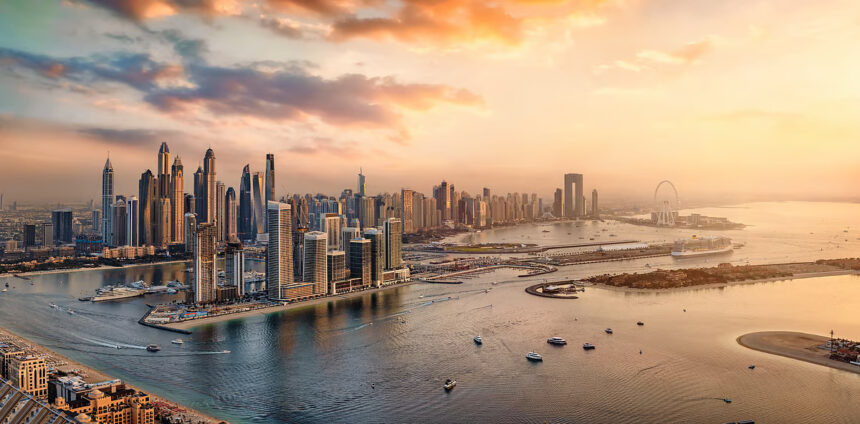As the UAE real estate market navigates a period of recalibration, investors and developers are watching closely to identify the next wave of opportunities. With strong cross-border investment flows and a growing appetite for large-scale developments, the Middle East and India are forging deeper real estate synergies.
“Certain sectors are beginning to shift, but the phenomenal growth in the real estate market alongside the remaining high purchasing power, makes the UAE a hotspot for property investment,”
Post Covid-19 pandemic, the UAE has seen unmatched growth in its real estate market. The total number of transactions in Dubai equated to an astonishing $64 billion, almost a 17 per cent increase compared to last year. Even though some regions may take time to catch up, there are still some positive signs for other areas. There’s evidence of economic strain with global interest rates increasing, but other key industries are booming. As a result of the growth in e-commerce, the logistics sector is flourishing and the hospitality industry is seeing great success as Dubai overtook its pre-covid tourism rankings, receiving over 17 million international visitors in 2023.
For example, take Palm Jumeirah. The super luxury market continues to rise even though other parts of the area are noticing a drop in prices. Last year a stunning $27.8 million was paid for a penthouse in Atlantis the Royal, demonstrating that buyers remain interested in ultra luxury properties. Simultaneously, several of Dubai’s directly neighbouring areas such as Business
Bay and Dubai Hills are cashing in on the supply-demand imbalance creating great buying and investment possibilities. Is there perhaps a change in the market? Yes, but it is very much in motion rather than being stagnant.
There are several areas where the Middle Eastern and Indian real estate markets can create strategic synergies, driven by investment flows, infrastructure expertise, and technology adoption.
One major area is cross-border investments. The UAE has been a top investor in Indian real estate, with sovereign wealth funds like Abu Dhabi Investment Authority (ADIA) and Dubai-based Emaar making significant investments in India’s commercial and residential sectors. With India’s growing urbanisation — where cities are expected to add 416 million people by 2050 — Middle Eastern investors see a long-term opportunity in high-growth segments like affordable housing, logistics, and office spaces.
Conversely, Indian developers are expanding in the Gulf, particularly in Dubai and Abu Dhabi. Companies like Sobha Realty and Lodha Group have successfully entered the UAE luxury real estate market, catering to the large Indian diaspora and global investors.
Another key synergy lies in real estate technology and sustainable development. The Middle East, particularly Saudi Arabia and the UAE, is investing heavily in smart cities and green buildings — think NEOM in Saudi Arabia or Masdar City in Abu Dhabi. India, too, is pushing forward with its Smart Cities Mission, and collaboration in PropTech, AI-driven urban planning, and sustainable construction could benefit both regions.
Finally, with increasing GCC-India trade ties, demand for commercial real estate, warehousing, and logistics hubs is growing. As both regions focus on economic diversification beyond oil, we can expect more joint ventures, REIT collaborations, and knowledge-sharing in urban development.








